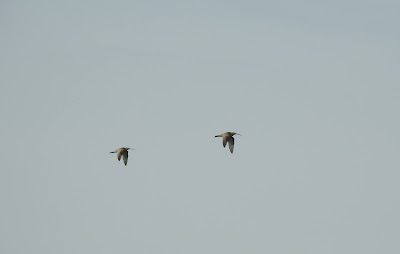A first for me in the trap this week was a Hawthorn Shieldbug, which is a large, very brightly coloured (as you can see from the picture below) beastie, mostly apple green covered with dark punctures. What a stonker!
Both catches have been fairly light, and I have combined the totals for both catches below:
Heart and Dart -21
Brimstone Moth - 1
Eyed Hawkmoth - 1
Silver Y - 1
Lesser Yellow Underwing - 2
Bee Moth - 1
Large Yellow Underwing - 1
Marbled Beauty - 1
Dark Arches - 2
Cabbage Moth - 1
Grey Pug - 1
Rustic Shoulder Knot - 1
Eyed Hawkmoth (above & below)
This morning I had a ringing session at the Obs reedbed, and my catch of just five birds were all adults:
Reed Warbler - 2
Robin - 1
Blackcap - 1
Blackbird - 1
Blackcap
It would seem that there aren't any/many juveniles yet in our catching area, and it will probably be another week before we start seeing some juvenile Reed and Sedge Warblers etc.
The scrape is looking good, and the water levels are dropping nicely, hopefully in time for the start of the return wader passage in a couple of weeks.
The scrape this morning
From a birding perspective, I had 2,000 Starlings (feeding after exiting their over-night roost), three Swifts, four singing Sedge Warblers, 37 Coots & 4 small young, a singing Lesser Whitethroat, two Stock Doves, a singing Cetti's Warbler, a singing Song Thrush and 15 Little Grebes.
It's a hot evening, so I am going to crack open a few real ales, including a couple of cracking brews from Orkney Brewery and Sulwath Brewery. Cheers!















